Just kidding with the title. There are no secrets or magic potions. Doing the hard work below helps improve the probability of a better outcome though.
First a quick overview of Drivers, Constraints, and Floats.
Drivers are our goal—what we hope to optimize for
Constraints limit and constrain the effort
Floats are areas of flexibility
I originally encountered the idea in Johanna Rothman’s book Manage It! (2007).
Recently I have started adding the idea of Enabling Constraints to the mix. Why? Teams often find too many floats to be paralyzing. Especially in conditions of uncertainty and complexity. They choose to create Enabling Constraints to help them make progress. Enabling Constraints enable, and Limiting Constraints limit.
This leaves us with:
As the number of Drivers and Limiting Constraints increase, the chance of failure increases. And as the number of Floats increases, so does the need to counterbalance the flexibility with Enabling Constraints. With great effort and coordination, highly constrained projects can succeed. But it is very difficult. To succeed, you’ll need “all hands on deck”, and to make this the only priority (e.g. daily stand-ups with everyone).
This image from Henrik Knibergs Spotify – the unproject culture shows what a daily standup for a big project with lots of dependencies might look like:
Rothman wrote this in her book—and it has held 100% for me since 2008—that more than two drivers, and more than two constraints = failure. Or, to succeed under those conditions, it will cause all other things to take a backseat. Another symptom of too many drivers and too many constraints is success theater. Nothing really works, so the org pretends everything works.
Identifying Drivers, Limiting Constraints, Floats, and Enabling Constraints is a product super-skill. Increasing focus and reducing constraints is a sure-fire way to increase the probability of success. Trying to optimize for everything increases the chance of failure.
Let me explain this with a simple example from Amplitude, my day job. This is a universal challenge, and not unique to my company.
As a product evangelist, my goal is to grow awareness for the company, and to communicate what we do in an authentic, resonant, and legitimate way. Other parts of the company focus on selling our product, which involves creating a sense of urgency. And other parts of the company focus on scaling out our GTM teams and supplying them with straightforward frameworks to do their job well.
We can visualize those Drivers like this:
Looking at this diagram, it might be tempting for me to try to “thread the needle” and optimize for urgency, enablement, and authenticity. Drivers: Urgency, Authenticity, and Scale/Enablement.
Sounds reasonable, but I know that if I try to optimize for all three, that my “product” (as evangelist) will suffer. There’s a 90% chance I’ll fail.
Why? It is very hard to produce content that inspires urgency, is authentic, and also can serve our internal team. I’ve tried! It is VERY HARD. Ok, so that will not work.
What if we shift some of the Drivers to Limiting Constraints?
John, I agree that we should focus on authentic content. Just make sure that Spenser (our CEO) can repackage it for the internal annual GTM kickoff event. And that we can include it in a campaign to increase urgency!
Well, that doesn’t help much. Limiting Constraints are limiting. I would do the job differently if I knew that it needed to be repackaged internally for a talk AND to create urgency. If my goal was to make Spenser’s kick-off talk a smashing success for an internal audience, I would do MANY things differently.
What would a better option be? I could focus on authentic content that also drives a sense of urgency for our product. That is a challenge, but a bit more doable. In that case I move enablement to float status.
What would further increase my chance of success? We know that ignoring urgency and enablement would likely end in long-term failure. So I could create an agreement with another team at Amplitude that I would focus solely on authenticity, and then they could focus on urgency. And yet another team could take our content, and package it for internal scale.
That adds a constraint that I must communicate my work to that other team, but that constraint is manageable. In fact, I might even call it an Enabling Constraint. By forcing myself to do that, I enable other teams and reduce my chance of failure in the long term.
I could also force myself to co-present or co-facilitate with someone from our enablement team. By integrating my work, I reduce the risk that it falls completely flat.
The difference between floats and enabling constraints is subtle, but it boils down to one adding flexibility, and the other being intentional narrowing. Limiting vs. Enabling is less subtle: one enables, one limits.
The biggest mistake I see product teams make is trying to play “3 dimensional chess” with initiatives. Once you see it, you can’t unsee it. They slip into trying to hyper-optimize for so many factors without adding areas of flexibility and artfully using enabling constraints.
So, to increase your chance of success:
Reduce the number of Drivers
Reduce the number of Limiting Constraints
Detail your areas of flexibility (Floats)
Artfully use Enabling Constraints to make progress

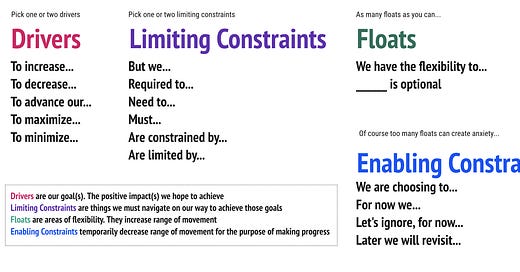



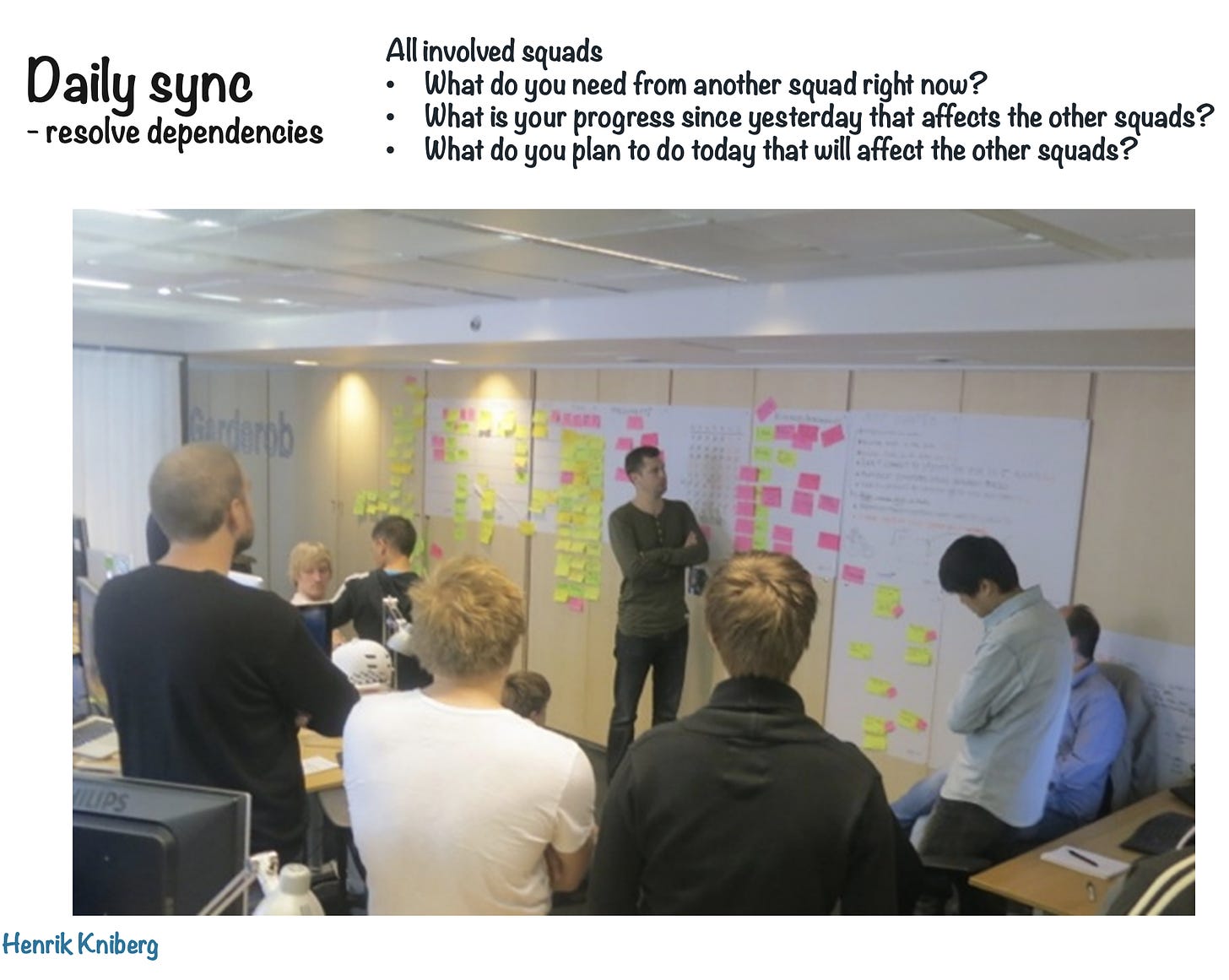
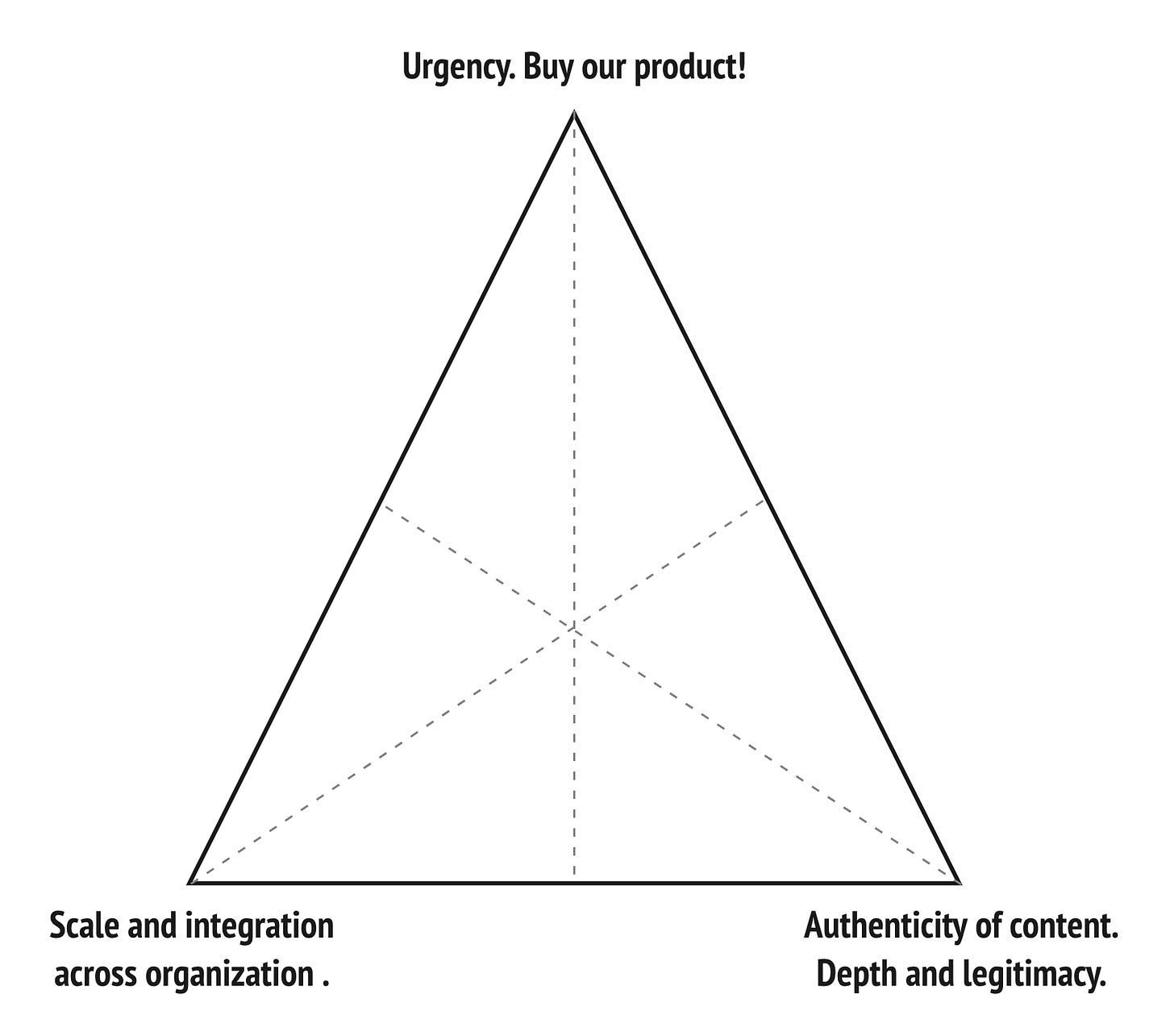


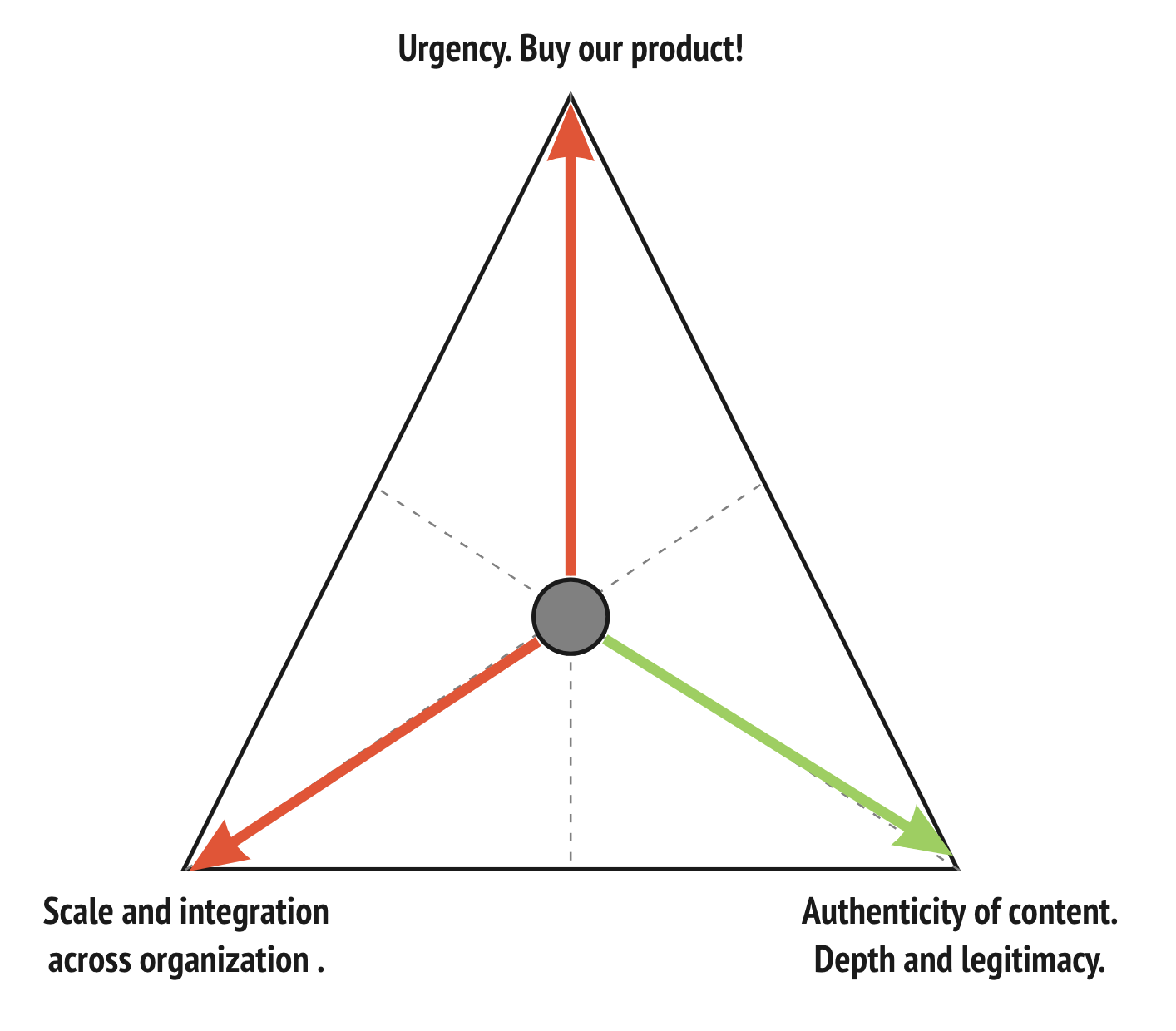
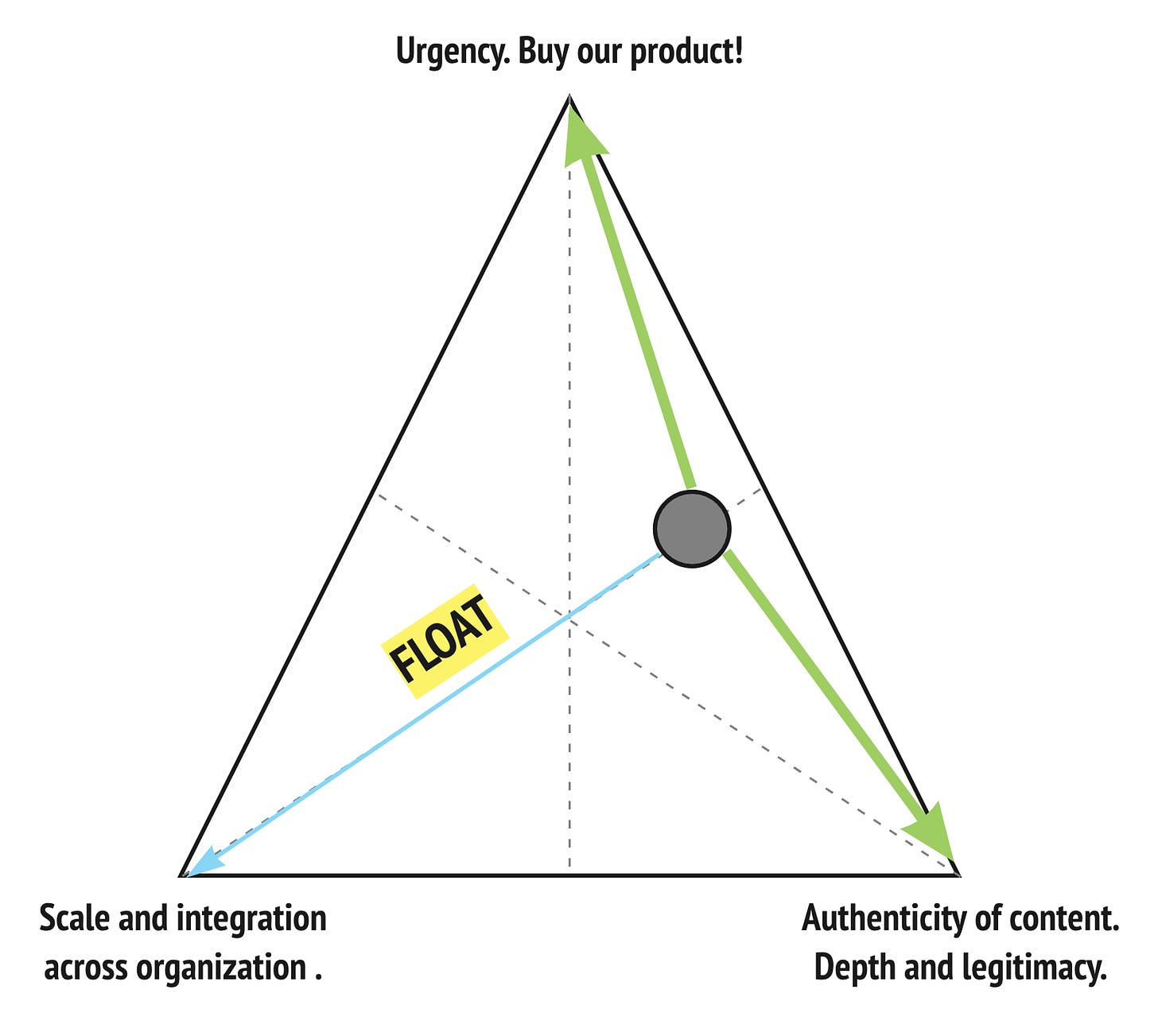
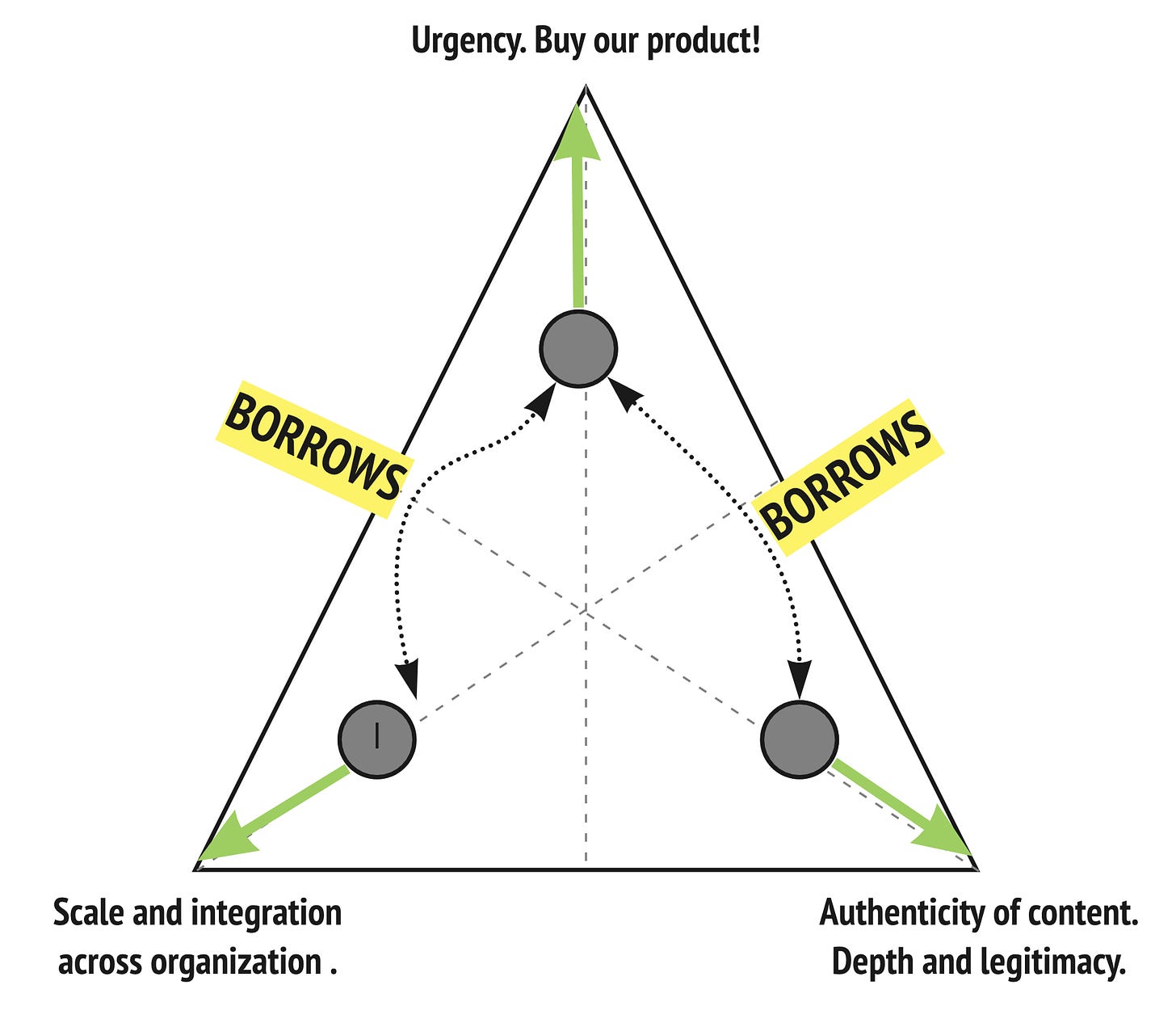
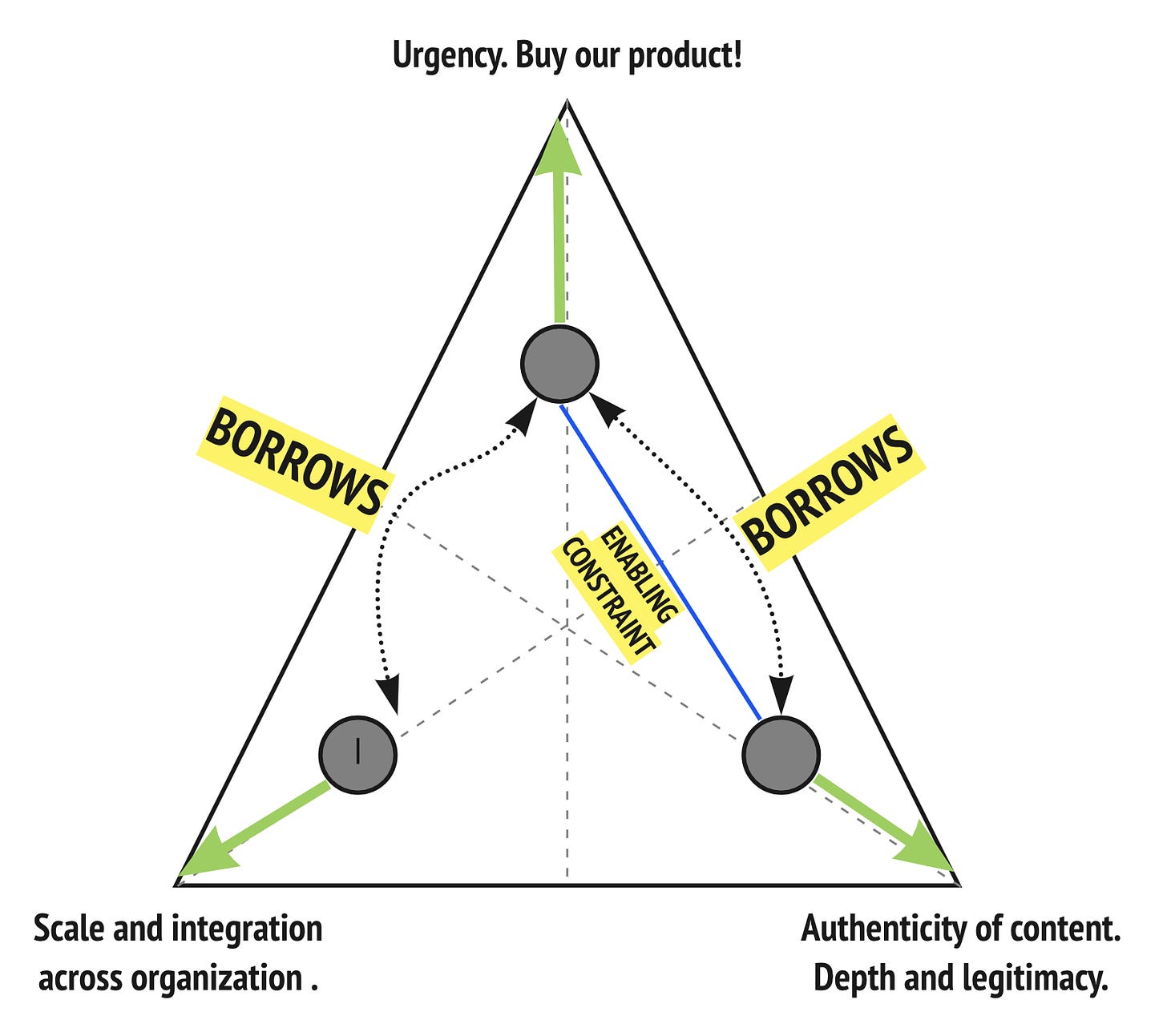

Just FYI, John, this is one of my all time favourite posts from you. But I always struggle to find it because the title doesn't have Drives, Floats or Constraints in it.
Excellent explanation, John!
I think it's connected to being able to navigate the design space - the same abstract space that helps you: renovate your living room, design an organization to be better fit for purpose, or design a role (e.g. role crafting)
I've been using for example the following 'design space' elements:
1. Desired outcomes (similar to drivers) - connected to various stakeholders of the endeavor (e.g. for the living room renovation: parents, kids and people visiting might have different desired outcomes that you'll want to take into account)
2. Constraints (containing limiting constraints, floats - defining an area of flexibility constraints to infinite areas of possibilities, enabling constraints. A specific kind of constraint - which can be limiting, floats or enabling - are links that you decide to take into account and how strong/weak are those links)
3. Principles (the underlying philosophy of the endeavor) - connected maybe to cultural elements linked to the people that are part of the endeavor (e.g. for the living room: being open-minded to new solutions, or not making structural changes and keeping the future options open, or reaching a new design for the living room by consensus)
4. Testing criteria & test types - how will you know that your design will achieve the desired outcomes, taking into account the constraints and following the principles? (e.g. in org design there are various test types, like stress tests in the form of: "if the business grows 200% YoY, will this design still be fit for purpose?")
Inspired by your article, I'll write a dedicated article about this as well (with some visuals). Thanks for sharing!
Bülent Duagi